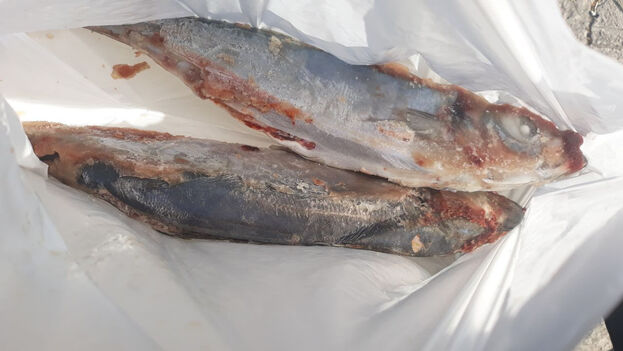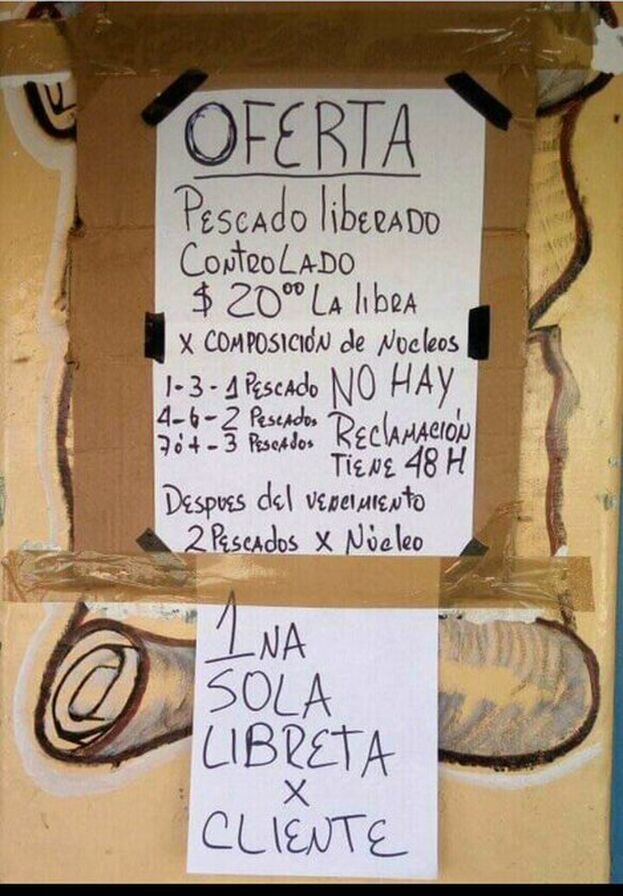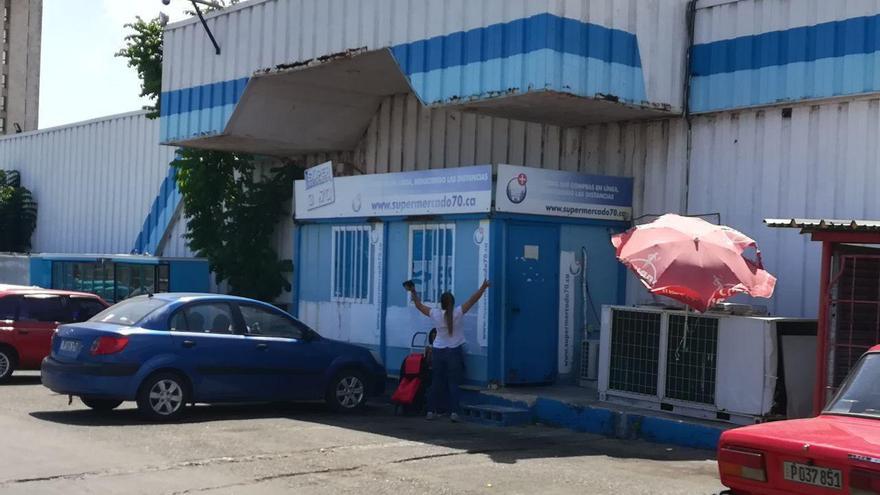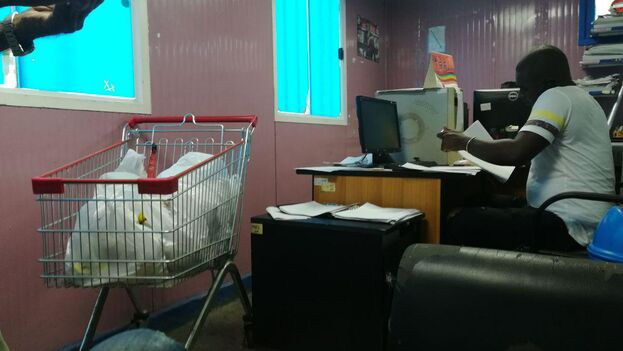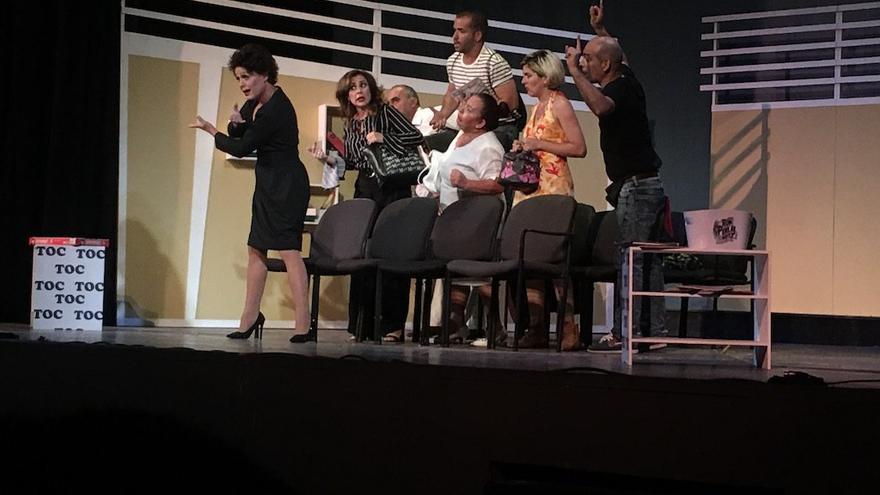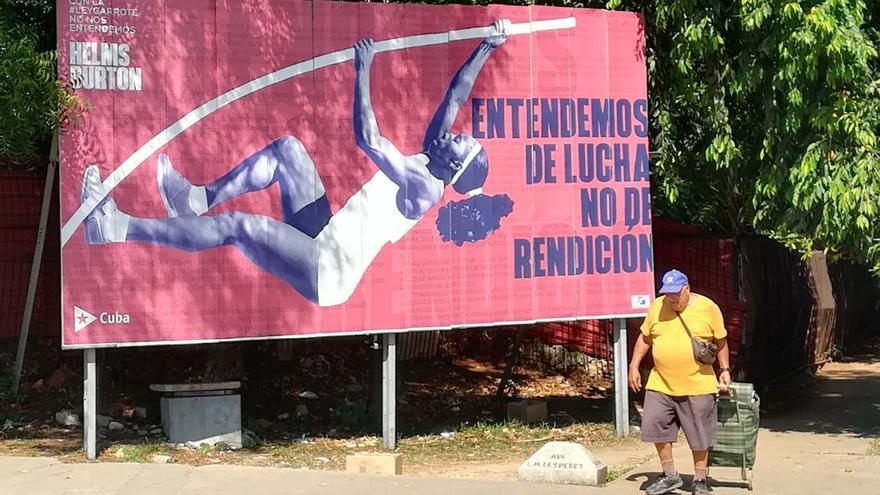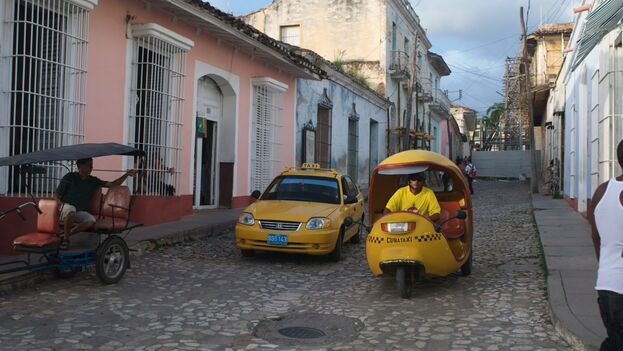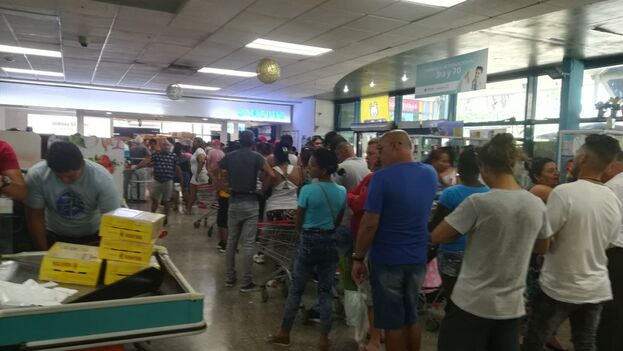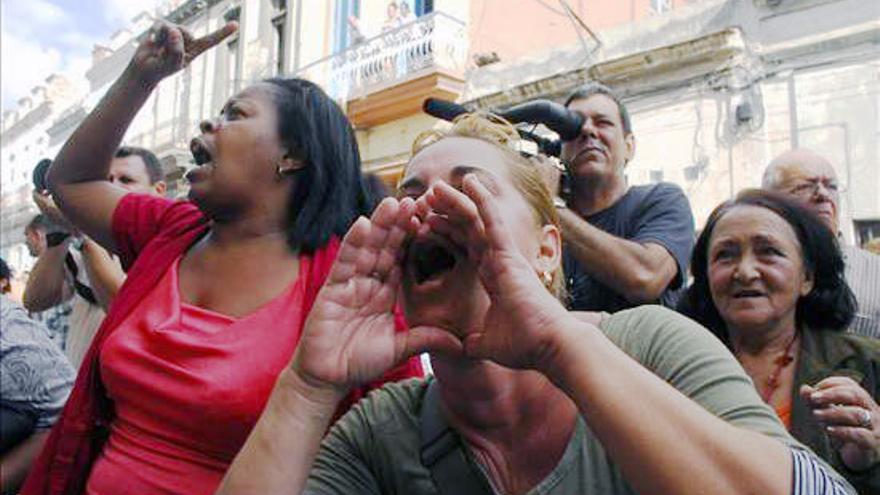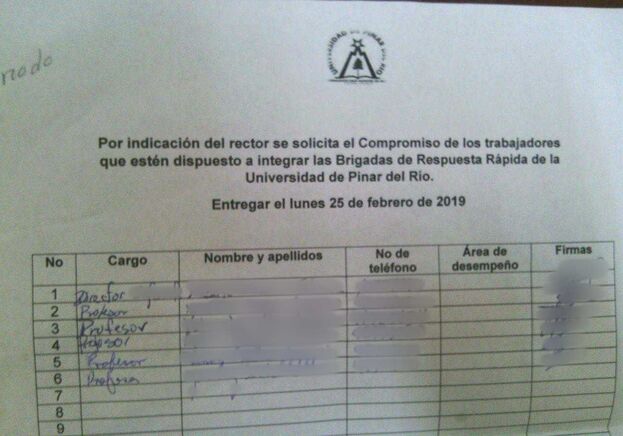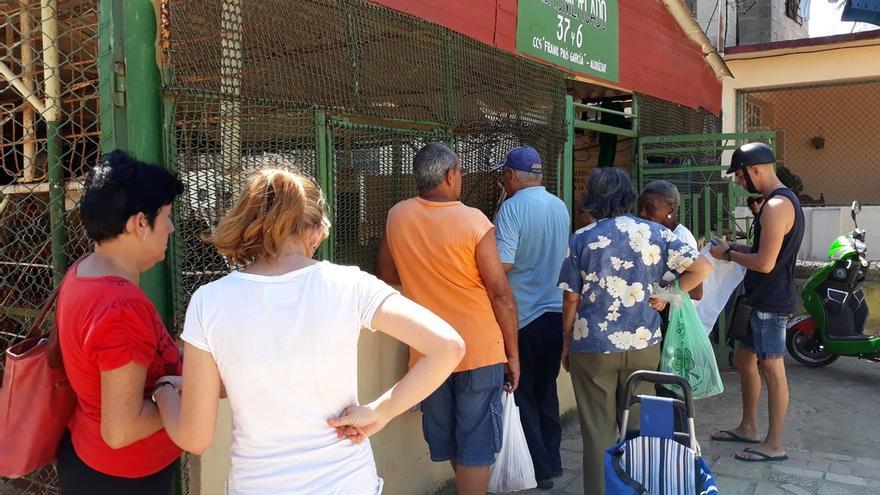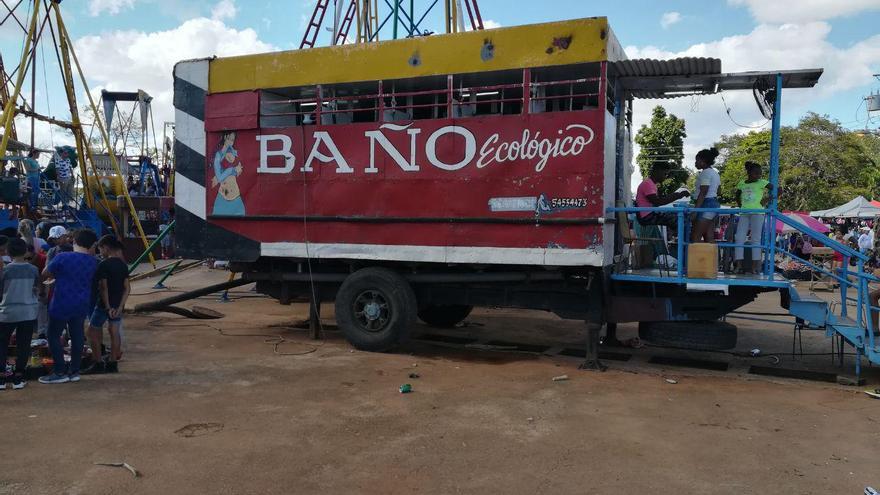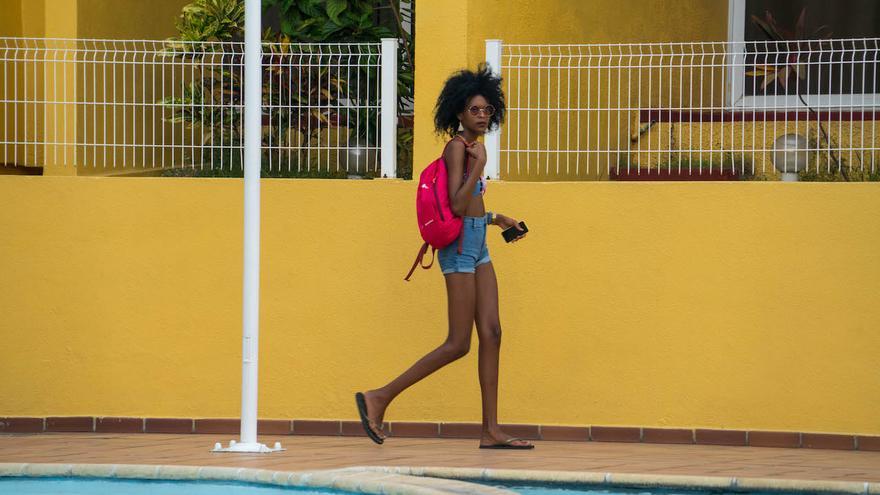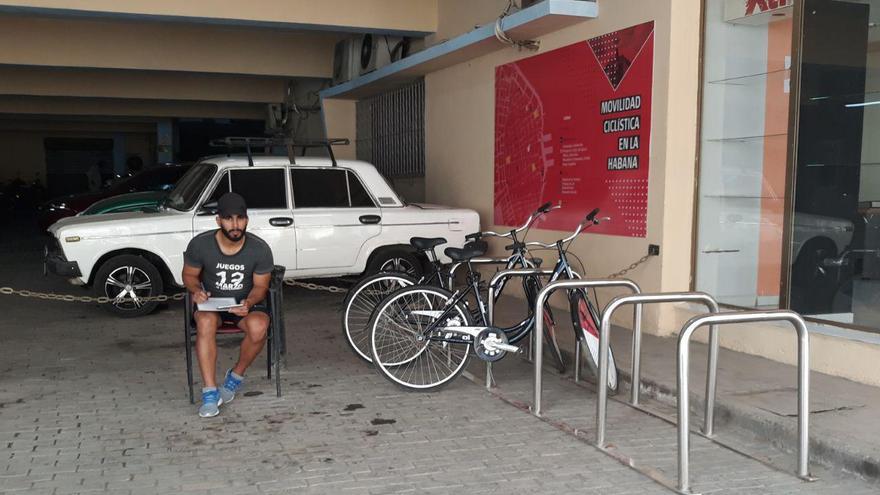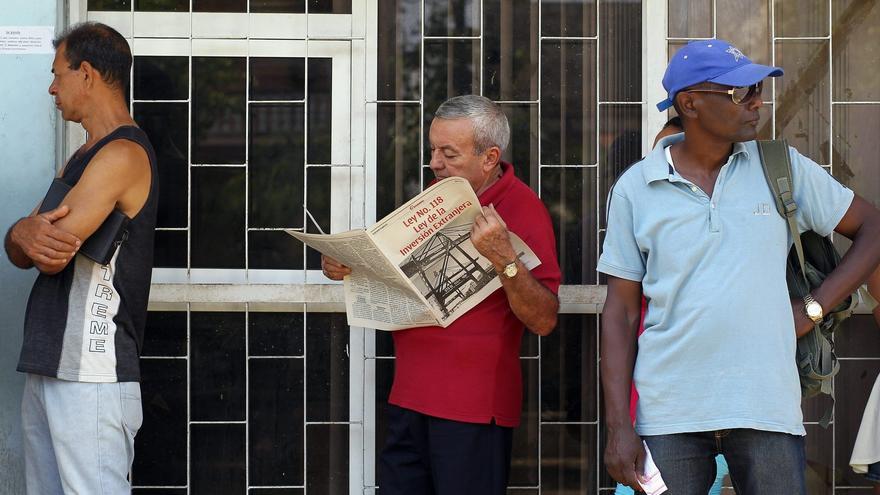
![]() 14ymedio, Mario J. Penton, Miami 8 June 2019 — The country’s official news outlets reported on Friday that “there is no impediment” to investing on the island for those living in the diaspora. Quite true, under the Foreign Investment Act, but not for Cuban nationals.
14ymedio, Mario J. Penton, Miami 8 June 2019 — The country’s official news outlets reported on Friday that “there is no impediment” to investing on the island for those living in the diaspora. Quite true, under the Foreign Investment Act, but not for Cuban nationals.
In an article in the digital news site Cubadebate, Ministry of Foreign Trade official Deborah Rivas stated that the Foreign Investment Act, adopted by the Cuban parliament in 2014, “sets no restrictions on the origin of capital.”
In the same article she noted that the Minister of Foreign Trade, Rodrigo Malmierca, had tweeted the previous week that citizens “of Cuban origin” can invest in the island. continue reading
The statements come at a time of heightened concern over the finances of the government, which owes more than 1.5 billion dollars to food suppliers according to the economics minister. The government is also facing implementation by the Trump Administration of Title III of the Helms-Burton Act. Under this law US-born and naturalized Cuban citizens and can sue companies that invest in properties expropriated by Fidel Castro in the 1960s.
In the article Rivas states, “Nowhere does the Foreign Investment Act mention citizenship or place of birth but it is quite clear that the investor’s place of residence and capital should be outside of Cuba.”
“Our regulations do not stipulate a minimum amount of foreign investment capital required for approval. In each case a comprehensive analysis of the proposed project is carried out and the amount of capital to be spent corresponds to the investment to be made,” she adds.
Her statements contrast with those made by Chancellor Bruno Rodriguez at a gathering of Americans for Engagement, an organization of Cuban-Americans and US citizens which seeks improved relations between the United States and Cuba. In a 2012 meeting with Cuban-Americans interested in participating in Cuban investment projects, Rodriguez acknowledged that, while there is “a legal basis for Cuban emigres to invest, the Cuban government is not interested in investments of 100,000, 200,000 or 300,000 dollars.”
“Cuba is looking for investments of a magnitude that, as a rule, do not come from the emigre community,” he added.
According to official figures, the island needs to attract 2.5 billion dollars of foreign capital for development and has targeted several key sectors, including manufacturing, agro-business, tourism, mining, biotechnology, petroleum and renewable energy. Though every year the government publishes a business portfolio which includes hundreds of projects valued at more than ten billion dollars, they fail to attract many investors.
According to the economist Omar Everleny Perez, the main problem with foreign investments on the Island is excessive red tape, which makes the pace of business approvals “slow and bureaucratic.”
Among the problems affecting foreign investment are the dual currency system and the inability of employers to hire their own workers. Currently, the state acts as intermediary, hiring workers and retaining most of their paychecks. In response, some companies have opted to bring in foreign workers and pay them directly, guaranteeing the companies more effective quality control.
Deborah Rivas’ statements have generated a strong response on social media, especially among Cubans on the island, who lament the exclusionary nature of a law which allows expatriates to invest in companies, industries and other sectors of the economy but prevents those who live in the country from doing the same.
According to baritone and Opera de la Calle director Ulises Aquino it does not make sense to discriminate against those who remained in Cuba, “against those who did not leave, who have struggled their whole lives.” In a post on his Facebook account he defends the right “of all Cuban business people” to be respected whether they are inside or outside the country.
A computer technician, Norges Rodriguez, joined the fray when he tweeted a question: What would happen if a Cuban living abroad makes an investment on the island and then decides to move back to Cuba? “What happens to his investment?” he asks in a message linked to the Twitter account of the Cuban ambassador to the United States.
Even during the brief thaw that began during the Obama administration, some American investment projects on the island were sidelined because of conditions imposed by the Cuban side. One such case involved Cleber LLC, which wanted to assemble tractors in the so-called Mariel Special Development Zone.
In spite of receiving widespread media coverage for being the first project to be completely funded with US capital since 1959, Cuban authorities rejected the company’s proposal because of its owner, Cuban-American businessman Saul Berenthal.
Rejection of the proposed project, which had been applauded by Obama himself during his 2016 visit to the island, stemmed from Berenthal’s having obtained permanent resident status in Cuba. The repatriation process restored his rights as a citizen but at the same time prevented him from investing on the island as a foreign businessman.
“Can individuals living in the country participate in foreign investment projects? No. The law is aimed at attracting foreign investors, or Cubans living abroad whose assets are also abroad, who can provide financing, advanced technologies, markets for our products and new revenue,” explains a study on the Foreign Investment Act.
Individuals in Cuba’s budding private business sector are subject to many restrictions such as the inability to set up corporations, or to import and export. Meanwhile, the government still relies on unproductive “socialist state enterprises” as its primary means of support.
Recently, the European Union’s ambassador to Havana, Alberto Navarro, called on Cuba to allow “more commercial openness” in response to the implementation of Title III of Helms-Burton. Foreign trade minister Rivas responded to the ambassador in the official media, saying that Cuba was planning to create a “special window for foreign investment” to reduce the time spent waiting for approval of investment projects.
_____________________
The 14ymedio team is committed to serious journalism that reflects the reality of deep Cuba. Thank you for joining us on this long road. We invite you to continue supporting us, but this time by becoming a member of 14ymedio. Together we can continue to transform journalism in Cuba.


